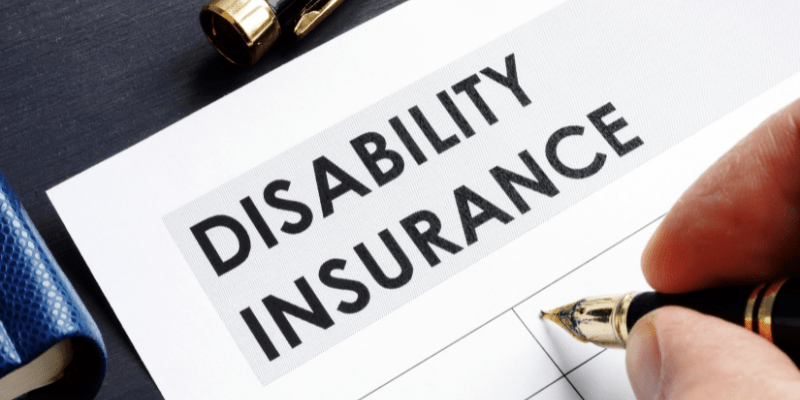Disability insurance is an important financial safety net that provides financial protection in the event of any illness or injury that prevents you from working. There are two main forms: long-term disability insurance and short-term disability insurance. Understanding the difference between these two coverage options is essential to making informed decisions about your financial future.
Understanding Long Term Disability Insurance
What is Long Term Disability Insurance?
Long-term disability insurance is designed to provide long-term replacement income if you are unable to work due to disability. Unlike short-term disability insurance, which typically covers permanent disability for up to six months, long-term disability insurance can provide coverage for years or even up to retirement age, depending on the policy.
How Does Long Term Disability Insurance Work?
When you buy a long-term disability insurance policy, you pay regular premiums to the insurance company. In return, the insurance company agrees to contribute a portion of your income if you become disabled and unable to work. The amount of benefits you receive and the duration of your coverage are specified in your policy.
Benefits of Long Term Disability Insurance
- It provides long-term financial security in the event of disabling illness or injury.
- It provides a source of income for living expenses, medical bills, and other financial obligations.
- It can help you maintain your standard of living and avoid investing in savings or pensions.
Understanding Short Term Disability Insurance
What is Short Term Disability Insurance?
Short term disability insurance is designed to provide temporary income replacement for individuals who are unable to work due to disability. Unlike long-term disability insurance, which has a long waiting period and provides long-term benefits, short-term disability insurance usually covers permanent disability for up to six months.
How Does Short Term Disability Insurance Work?
Similar to long-term disability insurance, short-term disability insurance requires payment of regular premiums in exchange for premiums. If you become disabled and unable to work, the insurance company will provide a portion of your income for the duration of your disability, up to the maximum benefit period in the policy.
Benefits of Short Term Disability Insurance
- Provides emergency financial assistance during temporary disability.
- It helps pay for important expenses, such as rent or mortgage payments, utility bills, and purchases.
- It gives you peace of mind knowing you have a source of income while recovering from a temporary disability.
Differences Between Long Term and Short Term Disability Insurance
Duration of Coverage
- Long-term disability insurance provides coverage for an extended period, often up to retirement age, while short-term disability insurance covers disability lasting up to six months.
Waiting Period
- Long-term disability insurance typically has a longer waiting period for benefits to kick in, typically ranging from 90 days to six months, while short-term disability insurance has a shorter, and more frequent, waiting period from zero to 14 days.
Coverage Amount
- Long-term disability insurance typically offers a higher percentage of your pre-disability earnings as benefits, usually around 60% to 70%, while short-term disability insurance may have a lower percentage, usually around 40% to 60%.
Premiums
- Premiums for long term disability insurance are often higher than those for short term disability insurance due to the longer duration of coverage and higher benefit amounts.
Qualifying Conditions
- Long term disability insurance typically covers a broader range of disabilities and medical conditions, including chronic illnesses and mental health disorders, while short term disability insurance may have more restrictive qualifying criteria.
Factors to Consider When Choosing Between Long Term and Short Term Disability Insurance

When deciding on long-term and short-term disability insurance, several factors must be considered:
- Employment status: Consider the possibility of your job being stable enough to require long-term disability benefits.
- Financial Status: Evaluate your financial situation and determine how much you need to pay to maintain your standard of living.
- Health status: Take your current health status and any existing medical conditions, which may affect your ability to work.
- Family Status: Consider the financial needs of your family and dependents if they have a disability.
Conclusion
Choosing between long term and short term disability insurance requires careful consideration of your circumstances and financial needs. While short term disability insurance provides immediate income protection for temporary disabilities, long term disability insurance offers long-term financial security in case of more severe and prolonged disabilities. By understanding the differences between these two types of coverage and evaluating your own situation, you can make an informed decision that provides you with the protection you need.
Explore more insights on the importance of personal finance in 2024 and how it impacts your financial well-being by reading our article on Why Is Personal Finance Important in 2024?

